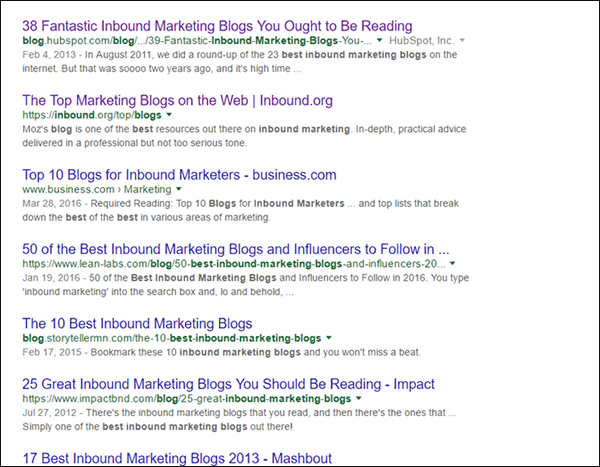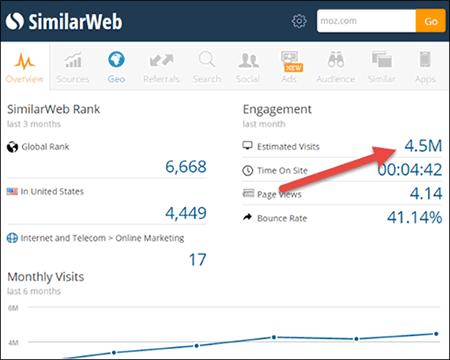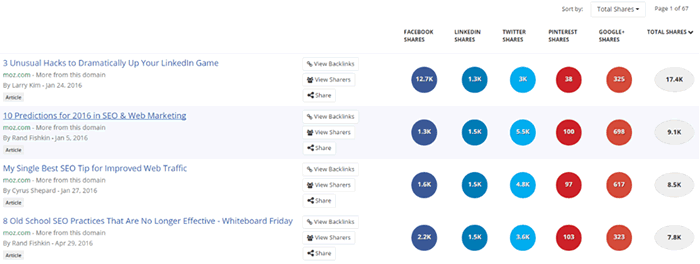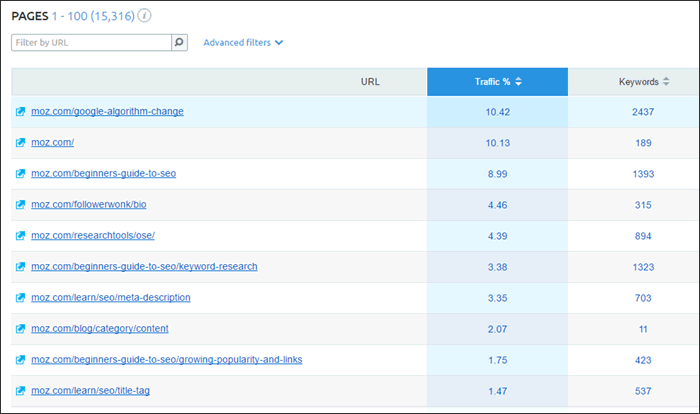The Best Way to Find Customer Pain Points – So You Can Solve Them
Content Marketing Strategy Blogging

Have you ever wished you were a mind reader, so you could finally understand how your customers think? After all, the more you know about your customer pain points, the more you can help. It turns out, finding this information isn’t hard; you just need to know where to look.
Hang on a second, you say. Can’t you just ask your customers what their pain points are?
Yes, you can. And you should. But take what they tell you with a grain of salt. Here’s why.
Your customers are probably not experts in the areas that are causing them pain. If they were, they’d have solved their challenges already and they wouldn’t need you. Because they’re not experts, it’s very likely that they’ll struggle to appropriately verbalize exactly what their problem is. Or, depending on where in the buyer’s journey they are, they might not even realize they have a problem yet.
So yes, definitely, thoroughly interview your customers. But understand that customer interviews won’t reveal the whole story. To get that level of detail, you’ll need to do a little research.
How to discover exactly what your customers want
There’s a simple, reliable source of information that will show you everything you need to know about what your target audience wants. And surprisingly, most marketers never think to look for this source. This opens up a huge opportunity for you to jump on, so you can jump ahead of your competition.
That source? The top blogs in your industry.
You’ll find a goldmine of information in these blogs. First of all, these bloggers have their pulse on current trends and hot button issues, which is always great information for you to have.
But if you know how to dig just a tiny bit deeper, you’ll find that your customers themselves will tell you everything you need to know – what they’re worried about, what they’re looking for, and what they desperately want you to know but never thought to tell you.
Here’s how to tap into this potential.
1. Identify your niche’s most popular blogs.
Start by conducting a quick Google search, using phrases such as:
Best [your niche] blogs
Top [your niche] blogs
For example, I might search for:

Which might produce results like this:

Using these results, take a look at the blogs you find. You’re looking for a blog that gets solid monthly traffic (I use the SimilarWeb Chrome extension to get an estimate of average monthly traffic on a site) and lots of engagement with its readers.
So let’s put this into practice. Continuing with my example above, I click on the first article in the results page (“38 Fantastic Inbound Marketing Blogs”), and in the article, the blog Moz.com sounds like a good fit for my target audience.
So I jump over to Moz, check them out with my SimilarWeb extension, and find they’ve got nearly 4 million visits each month. Wow!

Looking good so far!
Next, I start poking around on their posts. Do their posts get frequently shared on social media? Check. Do their posts generate lots of comments? Check.
On to step 2 …
2. Find the blog posts that get shared the most.
It’s always good to read through a smattering of posts on these popular blogs. But what I really want is hard data that shows me how my audience interacts with these posts – which lets me make some inferences about my customer pain points.
Number of social shares tells me exactly that. It’s safe to say that my audience will only share the information they find most valuable, right?
To identify the most shared blog posts on a site, you have your choice of apps, including BuzzSumo or SEMRush. All of these are free, by the way.
Here’s what I find for Moz, using the BuzzSumo app:

Look at the titles of the top five shared blog posts:
- 3 Unusual Hacks to Dramatically Up Your LinkedIn Game
- 10 Predictions for 2016 in SEO & Web Marketing
- My Single Best SEO Tip for Improved Web Traffic
- 8 Old School SEO Practices That Are No Longer Effective
- How to Build the Right Traffic Metrics Dashboard for 2016
Right away, this tells me tons about my target audience – namely, that they’re concerned with staying on top of current thinking in their industry, and (conversely) they’re terrified of being left behind or being perceived as not on the cutting edge.
Hmmm, now we’re getting somewhere! What else can I learn about them?
3. Find the pages that generate the most traffic.
Although the number of shares may be a more precise indicator of the information my target audience finds valuable, overall traffic volume also speaks worlds to the types of problems my audience is thinking about and searching for.
I like to use SEMRush for this. In the left-hand margin of their results page, go to Organic Research > Pages to generate a list of top-performing pages. While you won’t get specific traffic volume numbers, that’s okay; you’re only interested in relative positions anyway.
Here’s my list of the top-performing pages for Moz:

I find it interesting that two of the top pages are “Beginner’s Guide” pages and two are from the “Learn” section on their website. This supports the insights we gleaned from the top-shared posts – that this audience is hungry for fundamental, actionable information.
Alrighty, on to the next step then …
4. Pore through the comments on these posts
This last step is your secret silver bullet – your crystal ball – your #1 source of insights.
The comments you find on these blog posts contain nuggets of information directly from the horse’s mouth (no insult intended to your customers).
In these comments, your customers will tell you, in their own words, everything that you as a marketer are dying to find out: what they find helpful, what questions they have, what worries them, what angers them, and so much more.
So let’s dig in, shall we? Find blog posts with lots of comments (even better if it’s one of the top-shared or top-visited posts) and read through them. Keep an eye out for comments that hint at your customer pain points – that is, comments where readers express their challenges, frustrations, worries and problems. In particular, look for recurring themes.
For my Moz example, I found these excerpts from the comments on the post “3 Unusual Hacks to Dramatically Up Your LinkedIn Game”:
- “… My LinkedIn feed has been a ghost town of like-less industry-relevant posts …”
- “… I always struggle with the idea of being an open networker vs keeping my network closed …”
- “…[is this advice] applicable if you actually do not have that many followers ...”
The big theme that jumps out here is the struggle my audience has with building a reliable, engaged following on LinkedIn. Combine this with the insights we uncovered above – that my audience wants to stay on the cutting edge, and that my audience craves fundamental, actionable information – now I can start to strategize the type of content I should be creating for my client.
I love using comments for my intel because it’s so much more precise than the general inferences we have to make from shares and traffic patterns. But it’s tough because it’s also the hardest source of information to come by.
Very few blogs actually receive a ton of comments. The blog I picked for the example in this post happens to be run by a rock-star blogger, Rand Fishkin.
Of course, in most industries there are a handful of rock-star bloggers with hugely active communities. These are fantastic places to hang out, and the information you can glean from these blogs is priceless.
But if you’re struggling to find your own niche’s rock-star blogger, fear not; that’s why we’ve got four steps in this process. 😄
Regardless of where you find your customer insights, remember this: We’re not trying to understand customer pain points because we’re a bunch of sadists or schadenfreude enthusiasts; the purpose of understanding their pain is so we can help them solve it. Do that well, and it’s a win-win for everyone.
So tell us: How do you conduct customer research and identify customer pain points? Is there anything you’d add to this list? Let us know!





